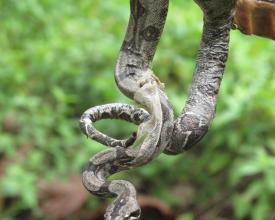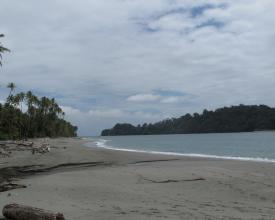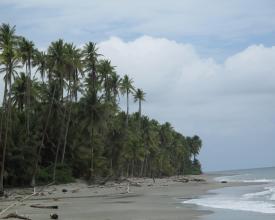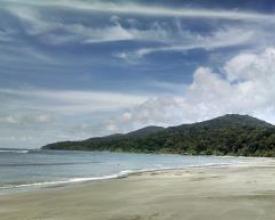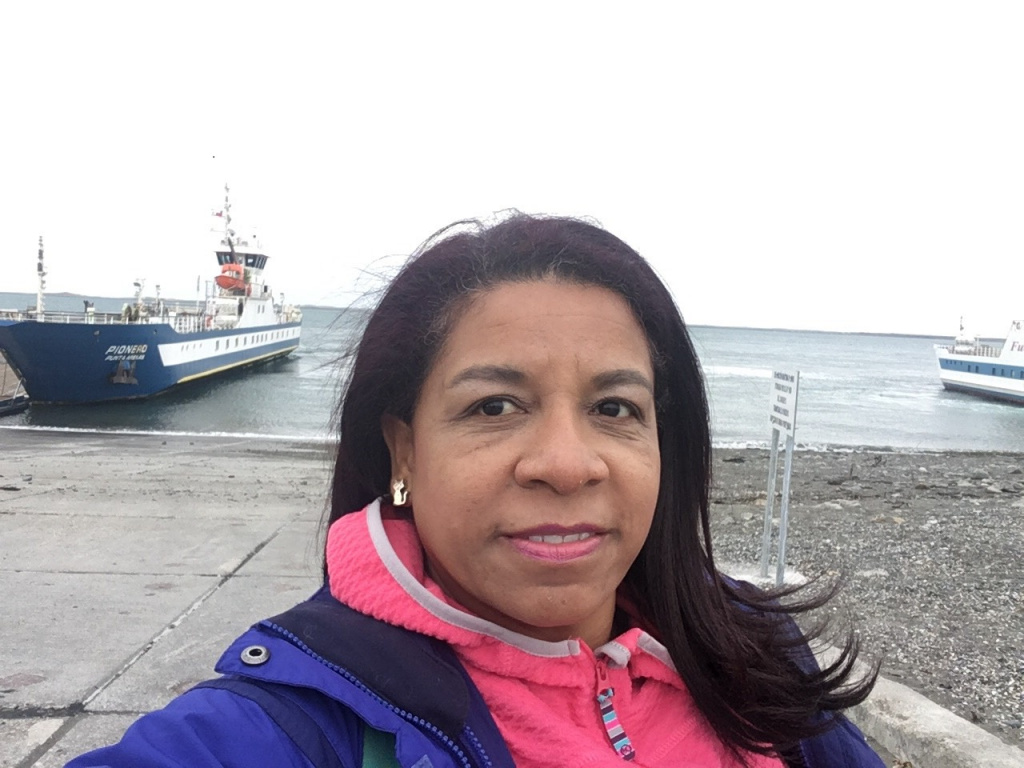
Governance and shared responsibility in the conservation of Gorgona NN Park
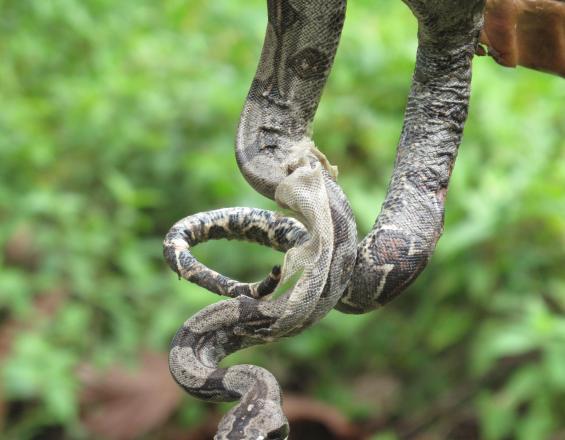
Different strategies such as the Special Management Strategies of prevention, control and surveillance, as well as environmental education strategies are being implemented, both designed to resolve the problem of illegal fishing.
Contexto
Défis à relever
Beneficiaries
Ubicación
Procesar
Summary of the process
Building Blocks
Sustainable Resource Management
Enabling factors
Lesson learned
Indigenous Peoples and Local Communities
Enabling factors
Lesson learned
Education and awareness
Enabling factors
Lesson learned
Prevention, control and surveillance
Enabling factors
Lesson learned
Strategy and plan – Contribution to the system of the region
Enabling factors
Lesson learned
Impacts
By implementing the “Agreement of Use,” the pressure on fishery resources can be diminished, guaranteeing to keep a stock (in desirable states) of species of regional trade importance, which is also important for the food security of local populations.There has also been a process of organizational strengthening, it allows positive steps in planning and coordination efforts with relevant entities. It has been linked to the educational community to make children and youth aware of the importance of implementing best practices to maintain fisheries resources inequality and quantity. The process allows the area to be positioned as an important conservation area for local communities.
